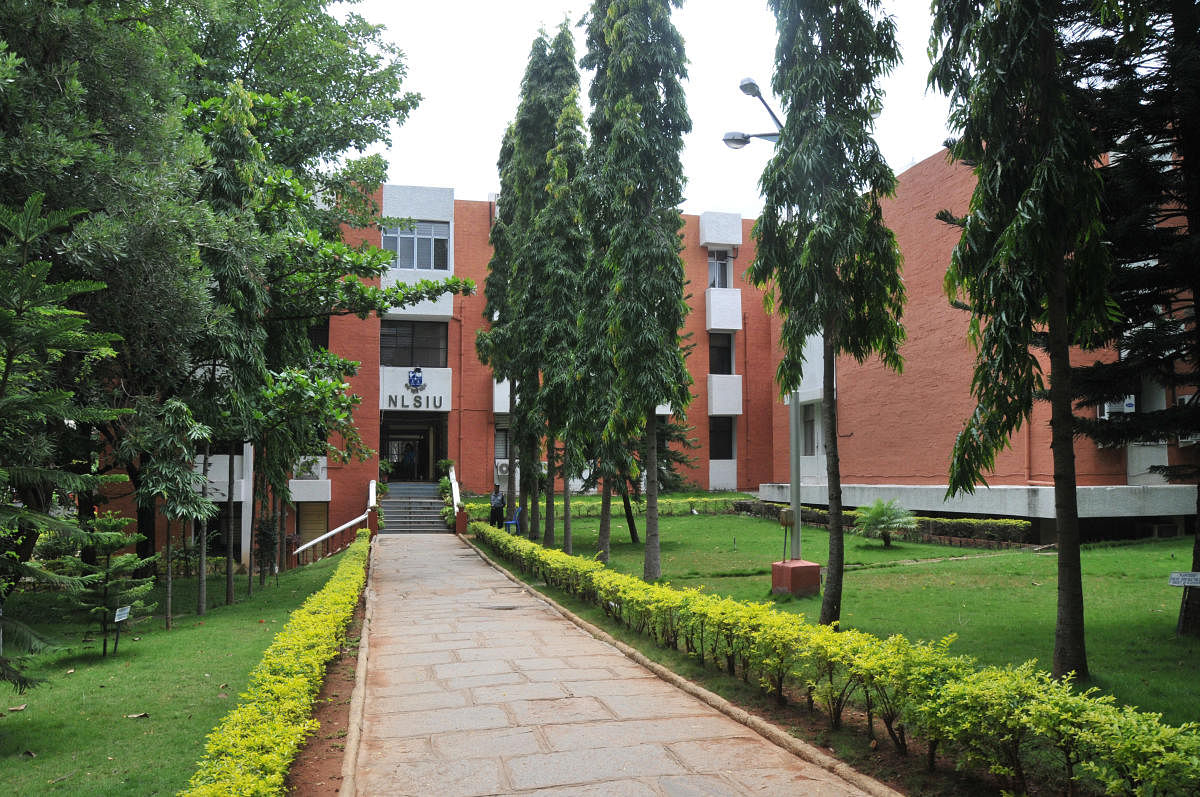
The admission process for most of the educational institutions, especially in the higher education segment, has often found itself in conflict with law in our country. In almost all the situations, the jurisdiction of the Supreme Court or the High Court is invoked and they issue directions for clean, fair and transparent admission procedure.
Engineering to medical to management, every discipline of higher education is plagued with admission irregularities of one or the other kind. The National Law Universities (NLU) could also not remain immune from this disease of academic administration.
The NLUs were established in almost every state, soon after legal education underwent a kind of transformation with the introduction of the five-year law programme and the establishment of the first National Law University (NLU) in Bengaluru in 1986.
CLAT scheme
However, the access to legal education in NLUs soon became a challenge for thousands of NLU aspirants across the country. Every NLU used to conduct its separate entrance test on different dates and in different cities. Naturally, the cost of each test was to be separately borne by the candidates.
This anomaly was set right by the formation of the Common Law Admission Test (CLAT) scheme after the Varun Bhagat vs Union of India petition was filed in the Supreme Court praying for a scheme akin to CLAT. Gradually, almost all the NLUs subscribed to the common Memorandum of Understanding and CLAT was born. This eased the process of admission to NLUs to a great extent.
Nonetheless, the procedural glitches constantly gagged CLAT. As a result, another petition was filed in the Supreme Court praying for a centralised body like ‘National Testing Agency’ to conduct CLAT, instead of it being organised on a rotation basis by NLUs every year. The petition is still sub-judice.
However, there is a greater challenge that has remained unaddressed since the last 10 years. That is that NLU Delhi has never joined CLAT and conducts it separate ‘All India Law Entrance Test (AILET)’ every year for both undergraduate and postgraduate programmes in law.
Structurally, NLU Delhi may enjoy the autonomy to conduct its separate entrance test by virtue of being a university independent of the influence of any other NLU. Nonetheless, given the clear objective of CLAT, the stand of NLU Delhi falls short of providing a plausible reasoning for not joining CLAT.
One may wonder that when the NLUs are supervised mostly by the chief justices of the high courts as chancellors on the administrative side, what prevents these heads of the judiciary in the states from setting things right in these institutions.
Administrative inaction
The earlier chief justices of the Delhi High Court could have set this practice right several years ago by exercising the administrative power of the chancellor suo motu and ordering NLU Delhi to join CLAT. There seems to be no plausible justification for such administrative inaction.
It raises a critical question. Is the NLU Delhi and its top management above the established norms and accepted procedure of CLAT? This is because CLAT seems to have a tacit approval of the chief justice of India as the chancellor of NLS Bengaluru and NUJS Kolkata, judges of the Supreme Court as chancellors of NLU Mumbai, Aurangabad and Nagpur and the chief justices of high courts as chancellors of all other NLUs.
It is also surprising that the founding vice-chancellor of NLU Delhi, who was also the first vice-chancellor of NALSAR Hyderabad could not appreciate the concern of thousands of CLAT aspirants all these years.
Why are the CLAT aspirants compelled to take a separate test for NLU Delhi? Is it fair? Is it just? Is it reasonable? Is it about the fat revenue generation for the university because by joining CLAT it may not get as much share in revenue as it gets alone?
Whither justice?
I hope that the top management would someday reflect upon these critical questions that affect fairness and reasonableness in the admission process than merely teaching theories of justice inside the classroom.
Sadly so, but it is true that this is the state of affairs in the National Law University, Delhi, which is located in the capital, closely watched by everyone.
Lest we forget that sometimes, it is incumbent on the professors and the students of NLUs to emerge as the torch-bearers of justice, fairness, accountability and transparency when the judicial heads in administrative capacity and the experienced professors who are vice-chancellors belittle such a vital issue as access to legal education in the country.
Not every battle needs to be fought by lawyers in the court of law, some can be fought by the law teachers and students together outside the court, however, for a justifiable cause and in a disciplined manner.
(The writer is Assistant Professor of Law, National Law University, Odisha, Cuttack)